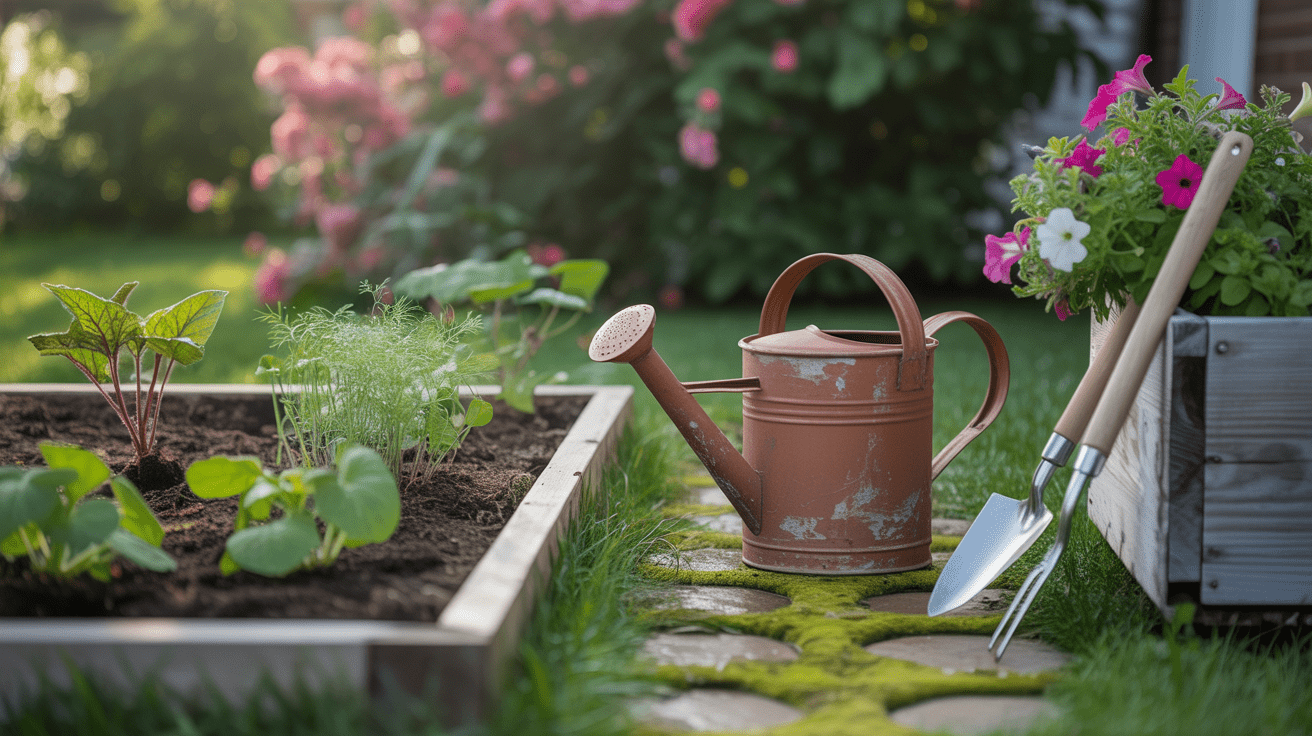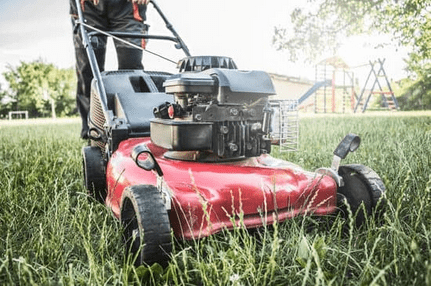
Understanding Peat Moss and Its Uses in the Garden
Introduction:
Are you looking for a way to make your garden healthier, more fertile, and more productive? If so, peat moss could be the answer. Peat moss is an organic material made from partially decomposed plant matter. It has properties that help retain moisture and nutrients in your soil, making it an ideal addition to any garden.
This guide will cover peat moss, how it works, and how to apply it in your garden. With these simple steps, you should have no trouble maximizing the benefits of this natural material and creating a lush, productive outdoor space.
What is peat moss?
Peat moss is a type of sphagnum moss commonly used as a soil amendment or mulch. Peat moss has a high acidity level, making it ideal for plants that prefer acidic soil. Peat moss is also recognized for its ability to retain water and nutrients, making it an ideal choice for gardens in dry or sandy areas. Peat moss is available in bags at most garden centers.
The benefits of peat moss
Peat moss is an excellent amendment for gardens. It helps improve drainage and aeration while adding essential nutrients to the soil. Peat moss is slow to decompose, so it will continue to provide these benefits for years to come.
How to apply peat moss in your garden
Peat moss is an excellent way to improve the drainage and aeration of your garden soil. It can also help to reduce compaction and create a more favorable environment for plant roots. Peat moss is composed of partially decomposed organic matter, which makes it an ideal amendment for sandy or clay soils.
To apply peat moss in your garden, spread a layer over the soil's surface and work it into the soil with a spade or rake. For best results, apply peat moss in early spring before planting.
You can add peat moss to existing gardens by top-dressing the soil surface with a thin layer.
Peat moss recipes
If you're looking for ways to use peat moss in your garden, here are some recipes to get you started.
-Peat Moss and Compost Tea: Combine 1 part peat moss with two parts compost tea and apply it to your garden beds.
This will help improve drainage and aeration while adding nutrients to the soil.
-Peat Moss and Perlite: For a lightweight potting mix, combine 1 part peat moss with two parts perlite. This mix is ideal for starting seeds or propagating cuttings.
-Peat Moss and Coconut Coir: To make a more sustainable version of peat moss, mix equal parts and coconut coir. This blend retains moisture well and breaks down slowly, making it ideal for long-term planting projects.
FAQ
Q. What Is Peat Moss Made Of?
A. Answer: Peat moss is a soil amendment made from partially decayed plant materials such as sphagnum moss, reeds, and sedges. It is an excellent source of organic matter for the soil, improving its water-holding capacity and adding bulk to clay soils.
Q. What are the disadvantages of using peat moss?
A. Answer: Although peat moss is an effective soil amendment, it is not without its disadvantages. It tends to be quite acidic and can disrupt the soil's pH balance if not carefully managed. Additionally, peat moss can dry out quickly and requires frequent watering to maintain moisture levels. Finally, because it takes a long time to form naturally, peat moss is considered a non-renewable resource and needs to be used responsibly.
Q. What plants benefit from peat moss?
A. Answer: Peat moss is an organic soil amendment that can be beneficial to a wide range of plants. It helps improve drainage and water retention in the soil and holds up to 20 times its weight in water. The right amount of peat moss can give better results for flowers, ornamental shrubs, and vegetable gardens.
Conclusion
Applying peat moss to your garden is a great way to improve the health of your plants' soil. Peat moss helps to retain water and nutrients, improves acidity levels, and works as an organic fertilizer. It's essential to remember that applying too much can lead to excessive moisture and compaction in the soil, so be sure to measure out the amount you need when adding it to your garden beds. With these tips for using peat Moss safely in your garden, you should have no trouble achieving healthy results!
DISCLAIMER
This document is provided for general information purposes only and should not be relied upon as providing legal advice, technical, or specific operational guidance to the reader, whether as to the practices described in the document or the applicable legal requirements and regulations. Lawnfly.com expressly disclaims any responsibility for liability arising from or related to the use or misuse of any information in this document.








